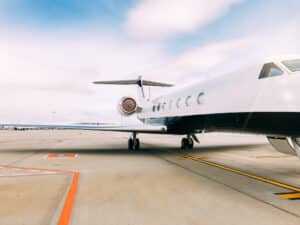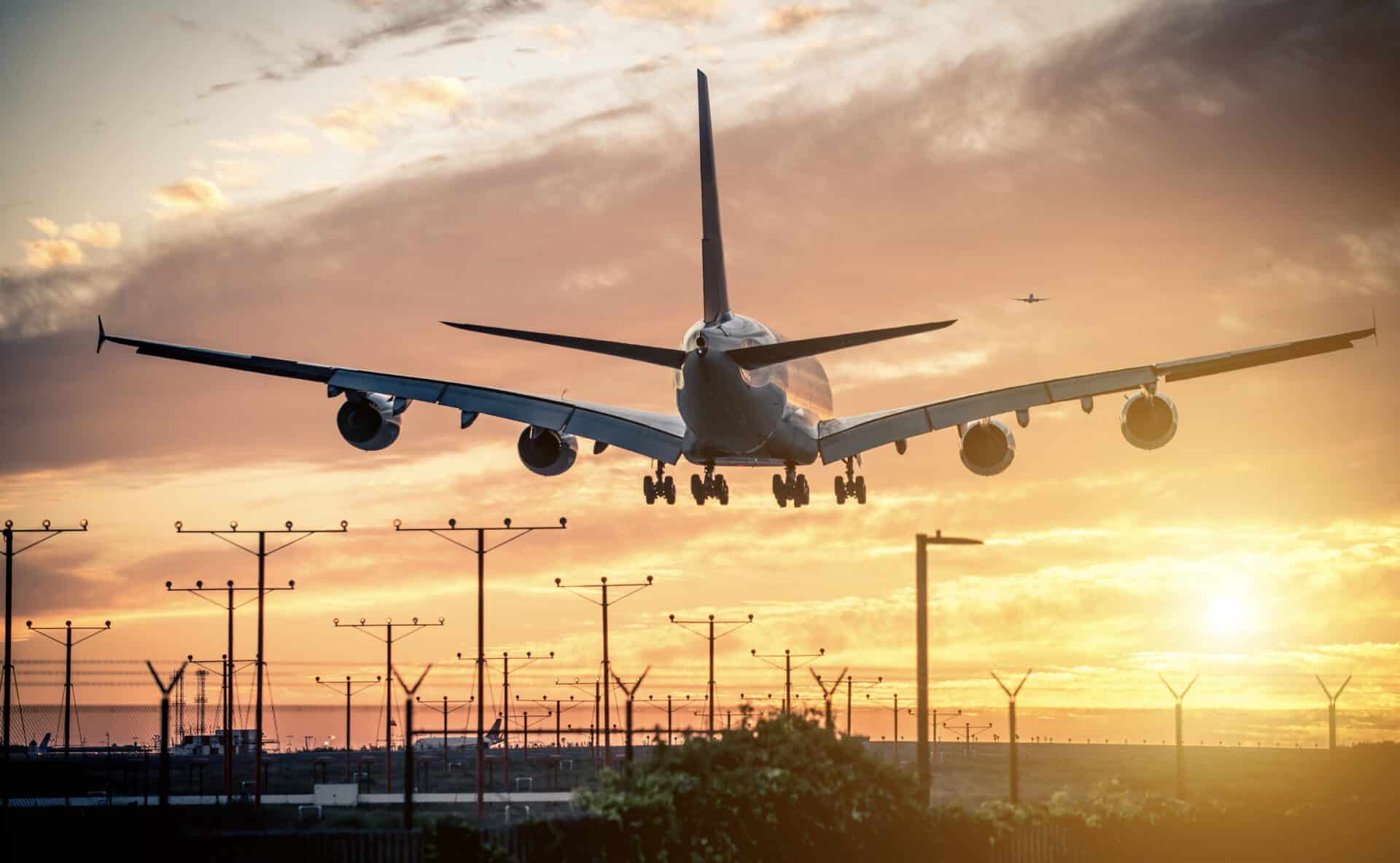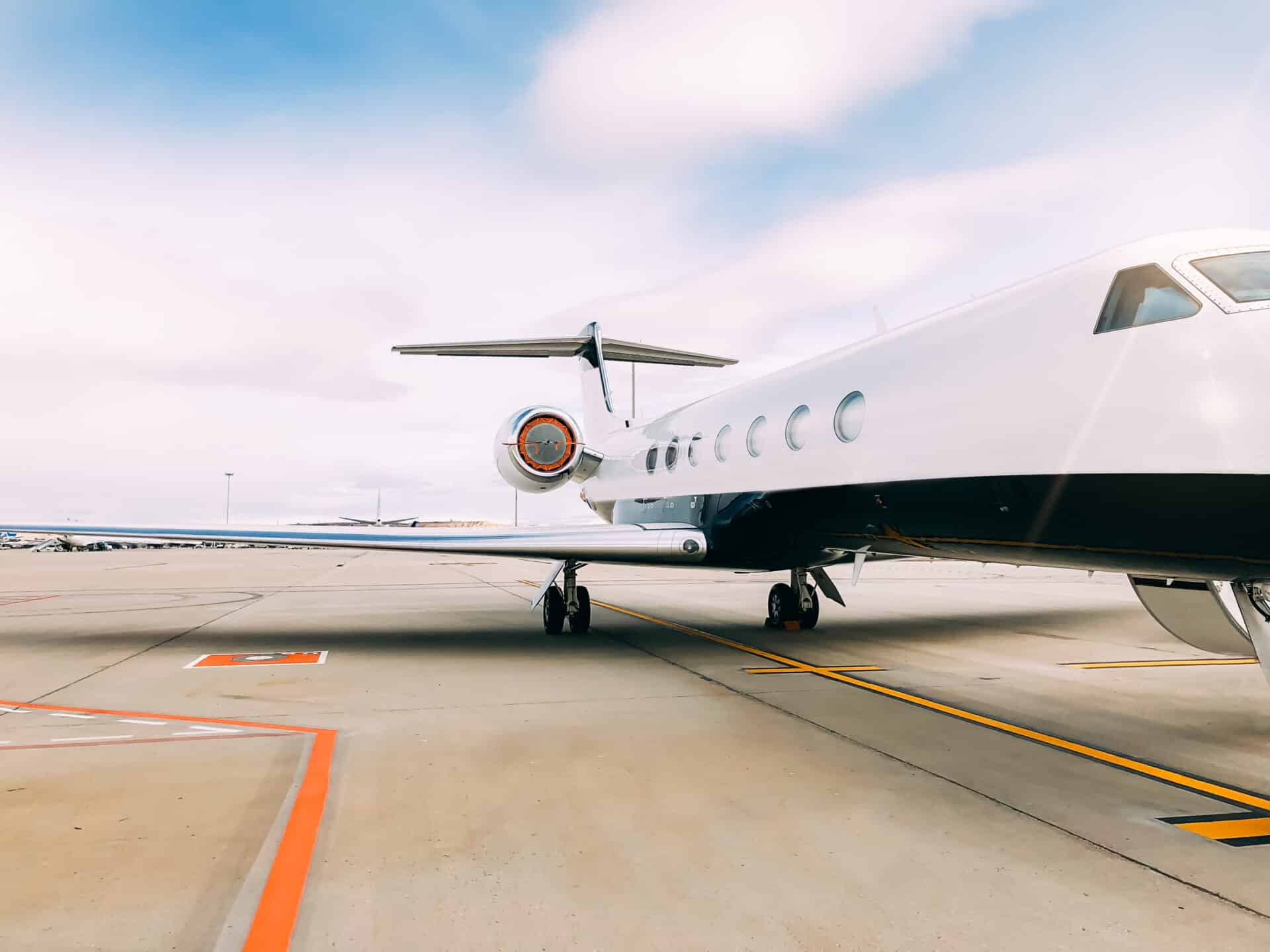Private jet travel isn’t always reserved for the ultra-wealthy. With the right strategy, chartering a jet can be surprisingly affordable for business travelers, group trips, and special occasions. Understanding private jet costs and how flexibility, aircraft choice, and smart booking timing can significantly lower expenses while maintaining the luxury and convenience of private aviation makes all the difference.
Whether you’re a frequent flyer looking to optimize your travel budget or planning your first private charter experience, these proven strategies will help you access affordable private jet travel without breaking the bank.
Why Charter a Jet?
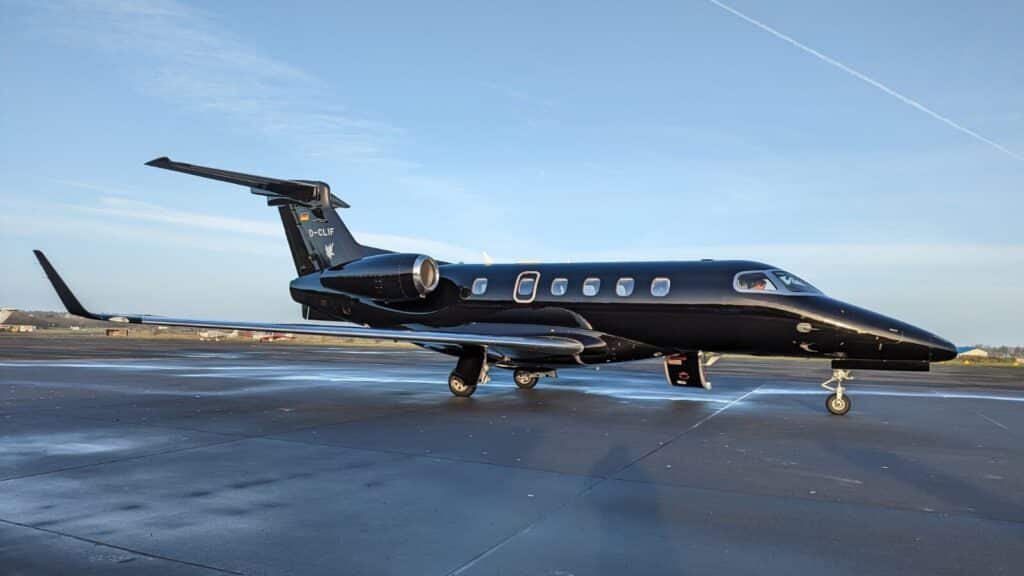
Before exploring cost-saving strategies, it’s worth understanding why private charter remains valuable despite the investment. Private aviation offers distinct advantages that commercial first-class cannot match.
Time efficiency stands as the primary benefit. Skip lengthy check-in procedures, security lines, and layovers. Arrive at the airport just 15-20 minutes before departure and fly direct to your destination.
Privacy and productivity transform travel time into working hours. Conduct confidential meetings, make sensitive calls, and work without interruption in a secure, private cabin.
Schedule control means departing when you choose, not when airlines dictate. Change plans on short notice and access thousands of private jet airports unavailable to commercial carriers.
For business use cases, the return on investment becomes clear. Hours saved translate directly into productivity gains, making private charters cost-effective for high-value travel.
7 Ways to Charter a Private Jet Affordably
Understanding these strategies helps you balance luxury with practicality. Each approach offers different savings depending on your specific travel needs.
1. Travel in a Group

Cost-sharing transforms private aviation from prohibitively expensive to surprisingly competitive. When you split charter costs among six to eight passengers, per-person rates often rival or beat commercial first-class tickets.
Shared charters allow unrelated passengers to book individual seats on scheduled private flights. This model combines the affordability of commercial travel with private jet benefits.
For example, eight passengers on a midsize jet might pay similar per-person rates to eight first-class tickets, but enjoy faster travel times, greater comfort, and flexible scheduling.
2. Choose a Smaller Jet

Aircraft size directly impacts charter costs. Very light jets and light jets offer substantial savings compared to heavy or ultra-long-range aircraft.
Popular affordable options include:
- Phenom 100: Ideal for short trips with 4 passengers
- Citation CJ2: Comfortable for 6 passengers on regional flights
- Learjet 45: Balances comfort with efficiency for midrange travel
These smaller aircraft typically cost between $2,000 and $4,500 per hour, making them accessible for business trips and special occasions. Learn more about your options in our guide to small private jets.
3. Join a Membership or Jet Card Program

For frequent flyers, jet card programs offer predictable pricing and guaranteed availability. These membership models provide fixed hourly rates, eliminating surprise costs and simplifying budgeting.
Key benefits include:
- Locked-in hourly rates regardless of peak season demand
- Access to verified, safety-certified aircraft
- Simplified booking through dedicated account managers
- No aircraft repositioning or deadhead fees
However, jet cards work best for travelers flying 25+ hours annually. Occasional flyers often save more with one-off charters rather than prepaying for unused hours.
4. Book One-Way or Empty Leg Flights
Empty leg flights represent repositioning trips where aircraft return to base or relocate for the next charter. These flights typically offer 50-75% discounts compared to standard charter rates.
The trade-offs: Limited flexibility and short booking windows. Empty legs must be booked quickly as they become available, and schedule changes aren’t possible. Browse available affordable private flight options to find current deals.
Despite these limitations, empty legs provide exceptional value for flexible travelers. Monitor empty leg listings regularly and be ready to book when attractive options appear.
5. Use Alternate Airports
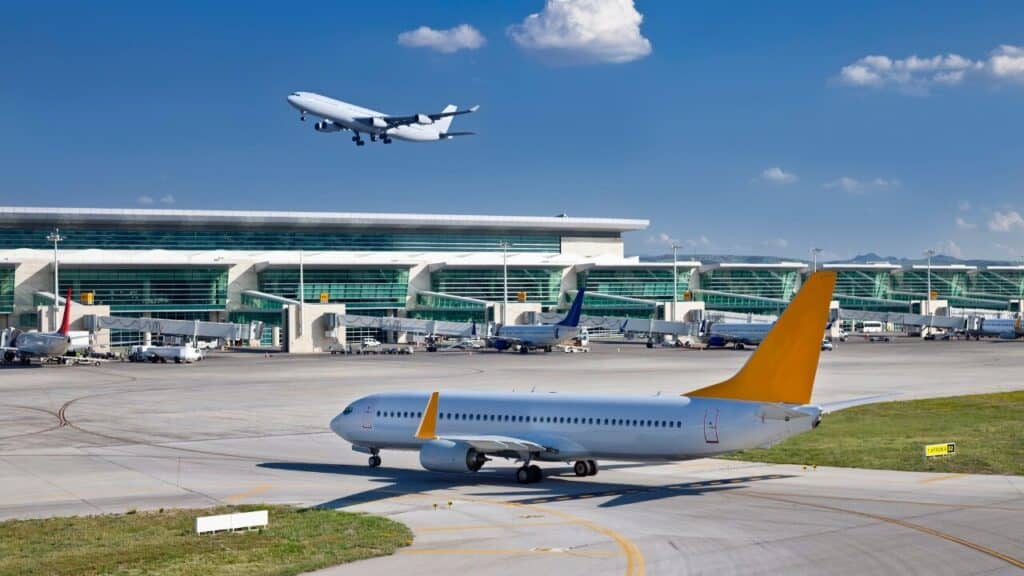
Secondary airports dramatically reduce landing fees, handling charges, and fuel costs. Private jets can access thousands of smaller airports unavailable to commercial carriers.
For example, flying into Teterboro instead of JFK in New York, or Van Nuys instead of LAX in Los Angeles, can save hundreds to thousands of dollars per flight. These reliever airports often provide faster ground access to city centers while reducing overall charter costs.
Additional benefits include shorter taxi times, less congestion, and more personalized service at fixed-base operators.
6. Book in Advance
Early planning allows operators to optimize aircraft positioning and crew scheduling, resulting in lower rates for customers. Booking 2-4 weeks ahead of peak travel seasons secures better aircraft options and competitive pricing.
Advanced booking provides:
- Wider aircraft selection for your specific needs
- Better negotiating leverage with operators
- Time to compare quotes from multiple providers
- Reduced urgency premiums and last-minute fees
Last-minute charters often carry 20-40% premium pricing due to limited availability and rush positioning requirements.
7. Stay Flexible with Timing
Off-peak and midweek travel delivers significant cost savings. Tuesday through Thursday flights typically cost 20-40% less than weekend departures, as demand from leisure travelers drops.
Avoid major holidays, special events, and peak business travel times. Charter rates surge during Super Bowl weekend, Art Basel, the Monaco Grand Prix, and similar high-demand periods.
Consider red-eye or early morning departures. These less popular time slots often come with reduced rates while maximizing your time at both origin and destination.
Is Flying Private Worth It?
Value extends beyond the ticket price. Private aviation delivers measurable returns through time savings, productivity gains, and stress reduction.
Business travelers benefit most clearly. Executive time saved equals direct ROI. A CEO earning $500 per hour who saves four hours per trip generates $2,000 in productivity value, often justifying the charter premium.
Private charters become cost-competitive for groups of 6-8 passengers on short-haul routes under three hours. When comparing total door-to-door travel time against commercial options, private jets frequently deliver better per-hour value.
For families and groups, the ability to travel together without compromise — keeping children comfortable, maintaining flexible schedules, ensuring privacy — creates value difficult to measure purely financially. Review comprehensive private jet cost breakdowns to understand total trip economics.
Hidden Factors That Affect Pricing
Understanding what drives charter costs helps you make informed decisions and avoid surprise expenses.
Fuel surcharges fluctuate with Jet-A prices. When crude oil prices spike, expect corresponding increases in charter rates. Operators typically add fuel surcharges rather than constantly adjusting base rates.
Crew duty limitations create overnight fees. If your trip requires crew to stay overnight away from base, expect daily per diem charges covering hotel and meal expenses. Multi-day trips accumulate these costs quickly.
Seasonal demand impacts availability and pricing. Winter ski season, summer Mediterranean travel, and holiday periods command premium rates. Book early or consider shoulder seasons for better value.
Aircraft repositioning adds deadhead fees when jets must fly empty to reach your departure airport. One-way trips often cost more than round trips because operators must reposition aircraft afterward.
How to Choose the Right Charter Operator

Selecting a reputable operator ensures both safety and value. Not all charter companies maintain the same standards.
Compare quotes from 3-4 operators. Price variations of 20-30% between providers are common for identical routes. Request detailed quotes showing all fees, taxes, and surcharges.
Verify safety certifications. Look for ARGUS Platinum or Gold ratings, Wyvern Wingman certification, and IS-BAO registration. These third-party audits confirm operators meet rigorous safety standards established by the Federal Aviation Administration (FAA) and international regulatory bodies.
Check aircraft age and maintenance. Well-maintained older aircraft often provide excellent value, but verify comprehensive maintenance records and upgrade schedules.
Read customer reviews and testimonials. Consistent positive feedback regarding on-time performance, aircraft condition, and customer service indicates reliable operations.
Operators with transparent pricing, clear contracts, and responsive communication typically deliver better experiences than those offering suspiciously low initial quotes.
Final Thoughts
Private jet travel becomes accessible when you apply strategic thinking to your booking approach. The most affordable way to charter a jet combines multiple strategies: traveling in groups, choosing appropriately-sized aircraft, maintaining flexible schedules, and leveraging empty leg opportunities.
Key takeaways for affordable private charters:
- Share costs among 6-8 passengers to approach first-class pricing
- Select smaller jets for regional travel under 3 hours
- Book empty legs for flexible travelers seeking maximum discounts
- Travel midweek during off-peak seasons for lowest rates
- Use secondary airports to reduce landing and handling fees
- Plan ahead to secure better aircraft and competitive pricing
The private aviation industry continues evolving with new models making luxury travel more accessible. From shared charters to jet card programs, options exist for various budgets and travel frequencies.
Smart planning transforms private jet travel from an exclusive luxury into a practical transportation solution for the right circumstances. Whether flying for business efficiency or special occasions, understanding these strategies helps you maximize value while enjoying the unmatched convenience of private aviation. Explore our charter services directory to connect with verified operators, or learn more about the aviation industry trends shaping affordable private travel.
Ready to explore affordable private jet options? Browse our comprehensive directory of charter operators, empty leg providers, and jet card programs to find the perfect solution for your next trip. Visit our listings to compare services and book your flight today.
Frequently Asked Questions
How can I charter a private jet cheaply?
The cheapest ways to charter a private jet include booking empty leg flights (50-75% off), traveling in groups to share costs, choosing smaller aircraft like very light jets, flying midweek during off-peak seasons, and using secondary airports to reduce fees. Combining multiple strategies delivers maximum savings.
What is the most affordable way to fly private?
Empty leg flights offer the deepest discounts, followed by shared charters where you book individual seats. For regular travelers, jet card memberships provide predictable affordable rates. Group travel in light jets during off-peak times represents the best value for most travelers.
Are empty leg flights worth it?
Empty legs deliver excellent value at 50-75% discounts but require flexibility. You must accept limited schedule control and book quickly when opportunities arise. They work best for leisure travelers with flexible dates rather than business trips requiring specific timing.
Is a private jet membership cost-effective?
Jet card programs become cost-effective for travelers flying 25+ hours annually. They offer predictable pricing, guaranteed availability, and simplified booking. Occasional flyers (under 15 hours yearly) typically save more with on-demand charter bookings rather than prepaid membership hours.
When is the best time to find charter discounts?
Tuesday through Thursday flights during shoulder seasons (April-May, September-October) offer the best rates. Avoid holidays, weekends, and special events when demand peaks. Early morning and red-eye departures often cost less than prime-time flights.
How much does it cost to charter a small private jet?
Very light jets and light jets typically cost $2,000-$4,500 per flight hour. A 2-hour regional flight might run $4,000-$9,000 total. When split among 6 passengers, that’s $667-$1,500 per person — competitive with first-class commercial tickets on many routes.
What’s included in private jet charter pricing?
Standard charter quotes include aircraft rental, crew salaries, fuel, and basic catering. Additional costs may include landing fees, overnight crew expenses, de-icing, international permits, and premium catering. Always request all-inclusive quotes to avoid surprises.
Can you book a one-way private jet flight?
Yes, one-way private jet bookings are common. However, they often cost more than round trips because operators must reposition aircraft afterward. Empty leg flights represent one-way opportunities at significant discounts when aircraft need repositioning anyway.
Authors
-
Radu Balas: Author
Pioneering the intersection of technology and aviation, Radu transforms complex industry insights into actionable intelligence. With a decade of aerospace experience, he's not just observing the industry—he's actively shaping its future narrative through The Flying Engineer.
View all posts Founder
-
Cristina Danilet: Reviewer
A meticulous selector of top-tier aviation services, Cristina acts as the critical filter between exceptional companies and industry professionals. Her keen eye ensures that only the most innovative and reliable services find a home on The Flying Engineer platform.
View all posts Marketing Manager
-
Marius Stefan: Editor
The creative force behind The Flying Engineer's digital landscape, meticulously crafting the website's structure, navigation, and user experience. He ensures that every click, scroll, and interaction tells a compelling story about aviation, making complex information intuitive and engaging.
View all posts Digital Design Strategist







